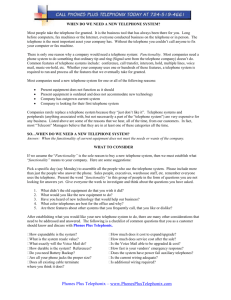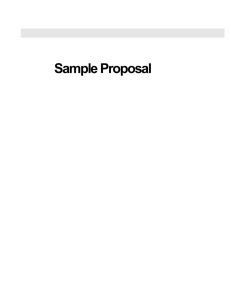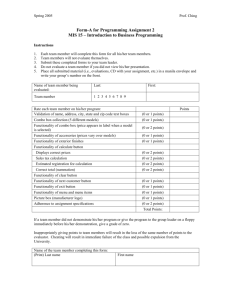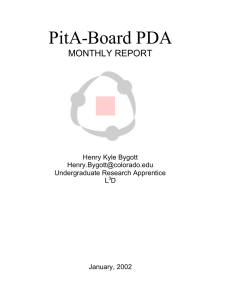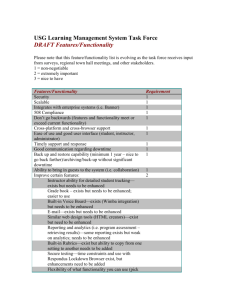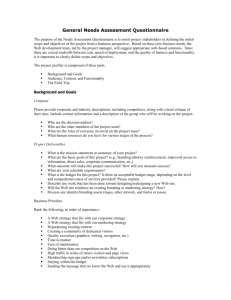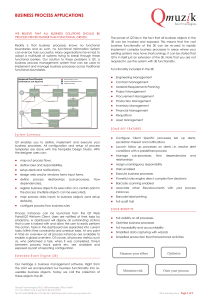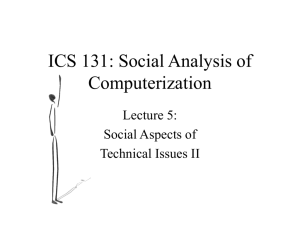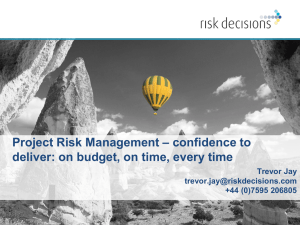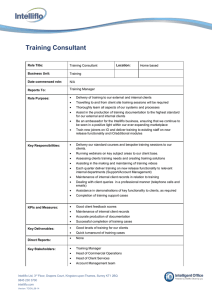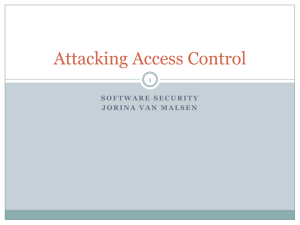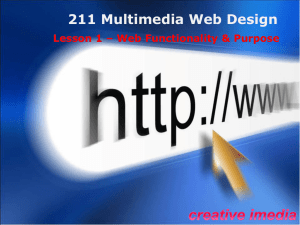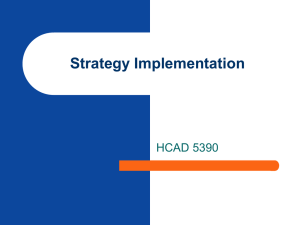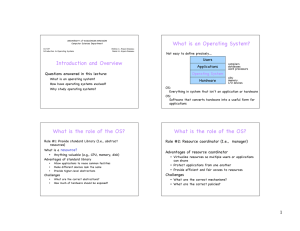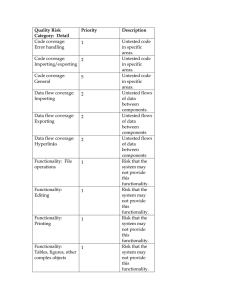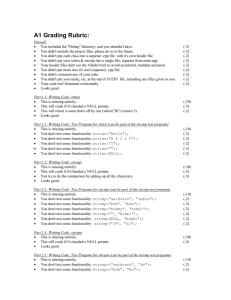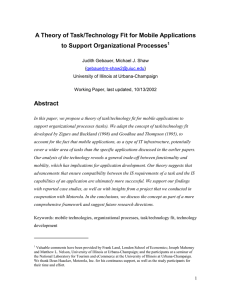Strategy and Cost Management
advertisement
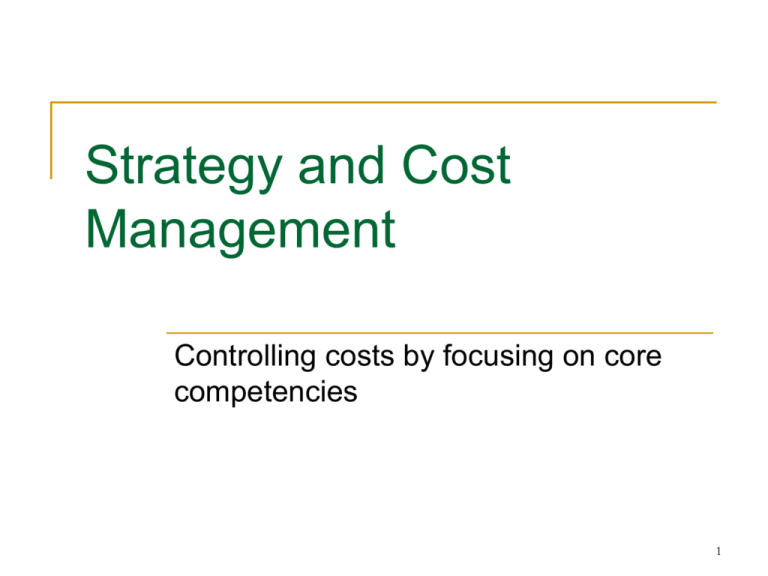
Strategy and Cost Management Controlling costs by focusing on core competencies 1 The Role of Resource Information Resource information is needed to support the four functions of management Strategic management Planning and decision making Management and operational control Preparation of financial statements 2 The Role of Resource Information Strategic management Supports choice of products, manufacturing methods, marketing methods, etc. Planning and decision making Supports recurring decisions such as equipment replacement, production scheduling, pricing, purchasing, etc. 3 The Role of Resource Information Management and operational control Provides feedback on operational efficiency, performance evaluations, etc. Preparation of financial statements Provides information on the value of inventory, cost of goods sold, etc. 4 Strategy Development Strategy determines the emphasis of cost management Strategy determines what you must do What you do determines the costs you must incur 5 Strategy Development Strategy should be built around the company’s core competencies What are we good at doing? Competitive advantages What are we not good at doing? Competitive disadvantages 6 Strategy Development SWOT analysis Internal analysis Strengths Weaknesses Includes product lines, management, research and development, manufacturing, marketing, strategy, employees, brand recognition, etc. 7 Strategy Development External analysis Opportunities Threats Includes barriers to entry, intensity of competition, substitute products, bargaining power of customers and suppliers, changing demographics, government regulation, technological change, world events, etc. 8 Strategy Development Basic strategies Cost leadership Based on having lowest delivery costs in the industry Low production cost Essential product features Limited product or service selection Quality Low price for customers Large market share 9 Strategy Development Differentiation Based on having unique product or service Emphasis on innovation Wide product variety with different features Differentiating features allow for premium price Narrow market share 10 Strategy Development Confronting competition Developing a sustainable advantage is virtually impossible Rapid transfer of technology Changing consumer desires Actions of competitors Company and its strategy must be flexible to stay in the lead, if just temporarily 11 Strategy Development Areas of competition Cost leadership Cost/price Differentiation Functionality Features Time Status Quality 12 Strategy Development “Survival triplet” is constantly changing Must understand the customers’ desires for price, functionality and quality Position the company’s products or services within the survival zone Cost/price Quality Functionality 13 Strategy Development Shape of the survival zone is determined by many factors What determines the minimum and maximum values for Cost Price Quality Functionality 14 Strategy Development Value chain Sequence of activities necessary to satisfy the customer Design and engineering Material acquisition Assemble materials into components Final assembly Wholesaling warehousing distribution Retail sales Customer service 15 Strategy Development Value chain analysis Which activities present opportunities to add value or reduce costs? Activities where the company has strengths represent opportunities to add value Perform the activities internally Activities where the company is weak represent opportunities to reduce cost Outsource to more efficient providers 16 Strategy Development Analyze linkages in the value chain for opportunities How does one activity relate to preceding or succeeding activities? For example, does providing repair service to customers help improve product development activities? 17
